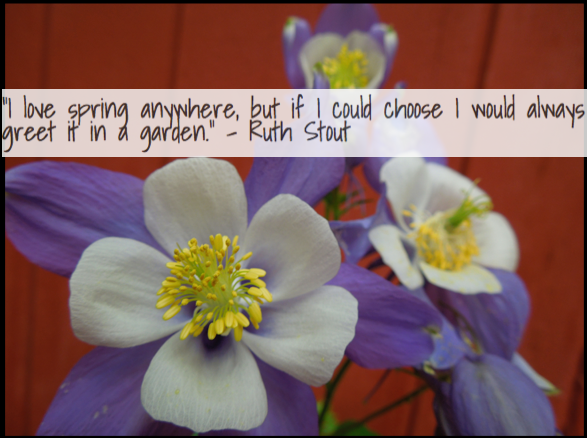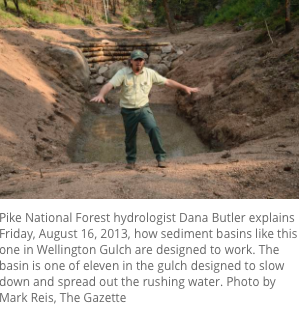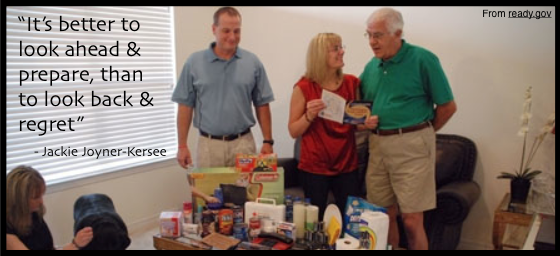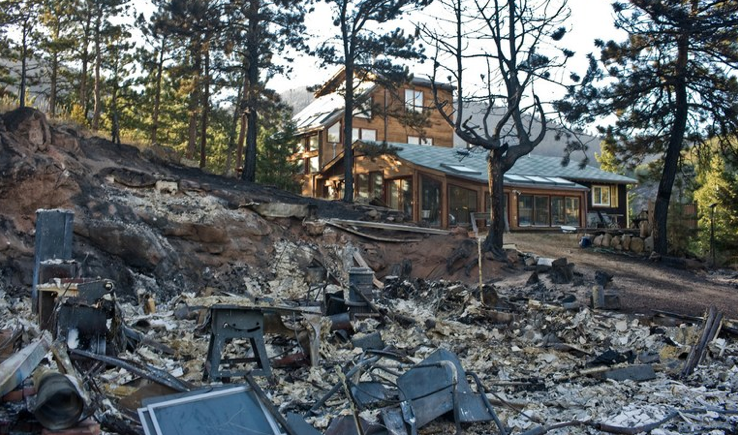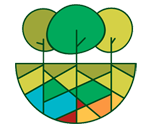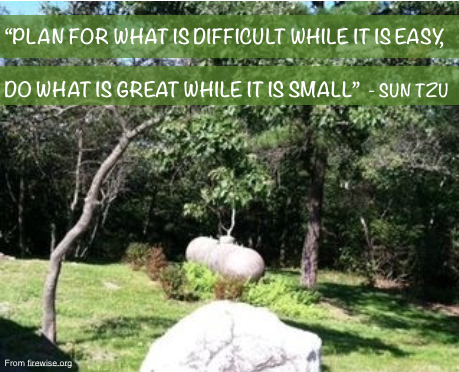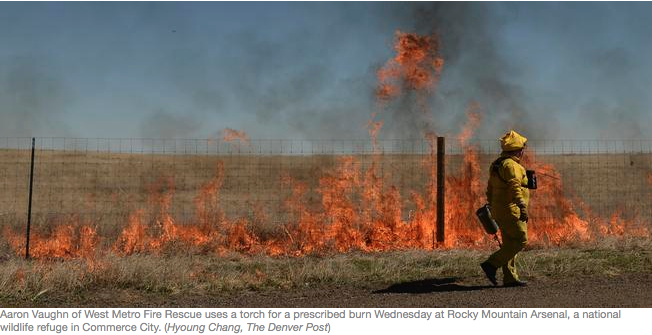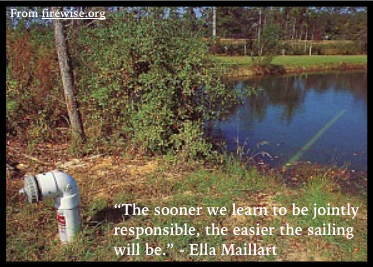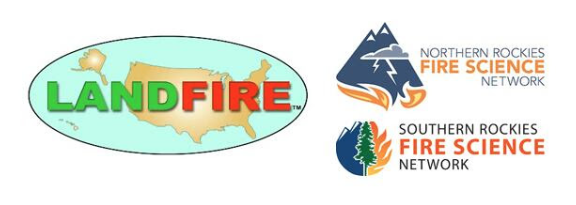Friday Firewise: Now that it’s feeling more like spring, are you thinking about what you’re going to plant in your garden? Landscaping can make a huge difference in protecting your home from wildfire, so consider how different plant species and spacing will affect your wildfire risk. Check out this great resource for more information about firewise landscaping:http://www.ext.colostate.edu/pubs/natres/06305.html
